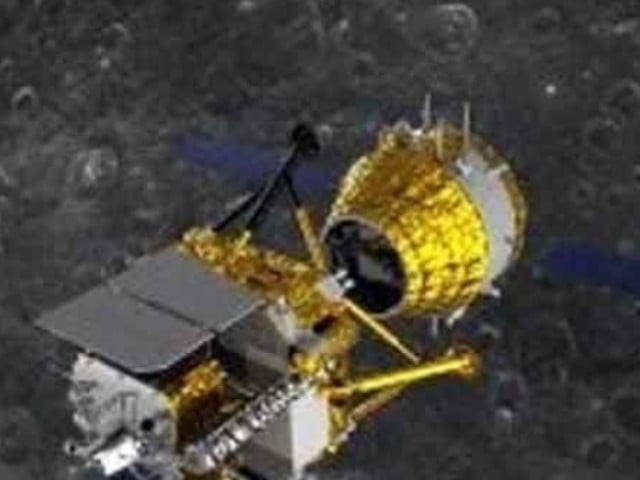Pakistan's ICUBE-Q satellite successfully enters lunar orbit
First images from moon expected by May 15 or 16

Pakistan's satellite ICUBE-Q was successfully launched into the lunar orbit on Wednesday after reaching the detach point via China's Chang'e-6 probe.
The satellite will now commence testing while in the lunar orbit. The Institute of Space Technology (IST) will conduct various tests over the next five to six days.
Dr Khurram Khurshid and Dr Qamarul Islam are currently in China to monitor the country's first lunar mission. Khurshid said communication and battery tests will also be conducted during ICUBE-Q's time in orbit.
It will take around a week to verify the operational readiness of the orbiter's imaging system, hence, the first images from the moon are expected by May 15 or 16. The sub-systems will also undergo testing during this time.
During the next phase, China's Chang'e-6 lander will touch down on the lunar surface and collect soil and rock samples from the moon's south pole.
The Chang'e 6 mission is scheduled to commence its return journey to Earth on June 4 and is expected to reach the planet on June 25.
Pakistan's space programme achieved a historic milestone on May 3 as the country's first-ever lunar orbiter lifted off from China's Henan Space Launch Site.
Read Shooting for the moon: Pakistan's luna ambitons
The quest to send a lunar orbiter started in 2022 when the China National Space Agency (CNSA), through the Asia Pacific Space Cooperation Organization (APSCO), offered member states an opportunity to send a student-built payload to Earth's closest celestial neighbour onboard the Chang'e 6 mission.

The ICUBE-Q satellite. PHOTO: IST
The ICUBE-Q was submitted as a proposal for a lunar CubeSat by the IST. The proposal was selected after an evaluation process. The development of the payload was a collaborative effort between IST's students and faculty, SUPARCO and China's Shanghai Jiao Tong University (SJTU).
The payload consists of three parts, the CubeSat, the separation mechanism, and the mounting bracket. The payload itself weighs around 7kgs. It carries two cameras to take images of the lunar surface and has other sensors and apparatuses for deep-space communication, altitude controls, and other functions.

















COMMENTS
Comments are moderated and generally will be posted if they are on-topic and not abusive.
For more information, please see our Comments FAQ